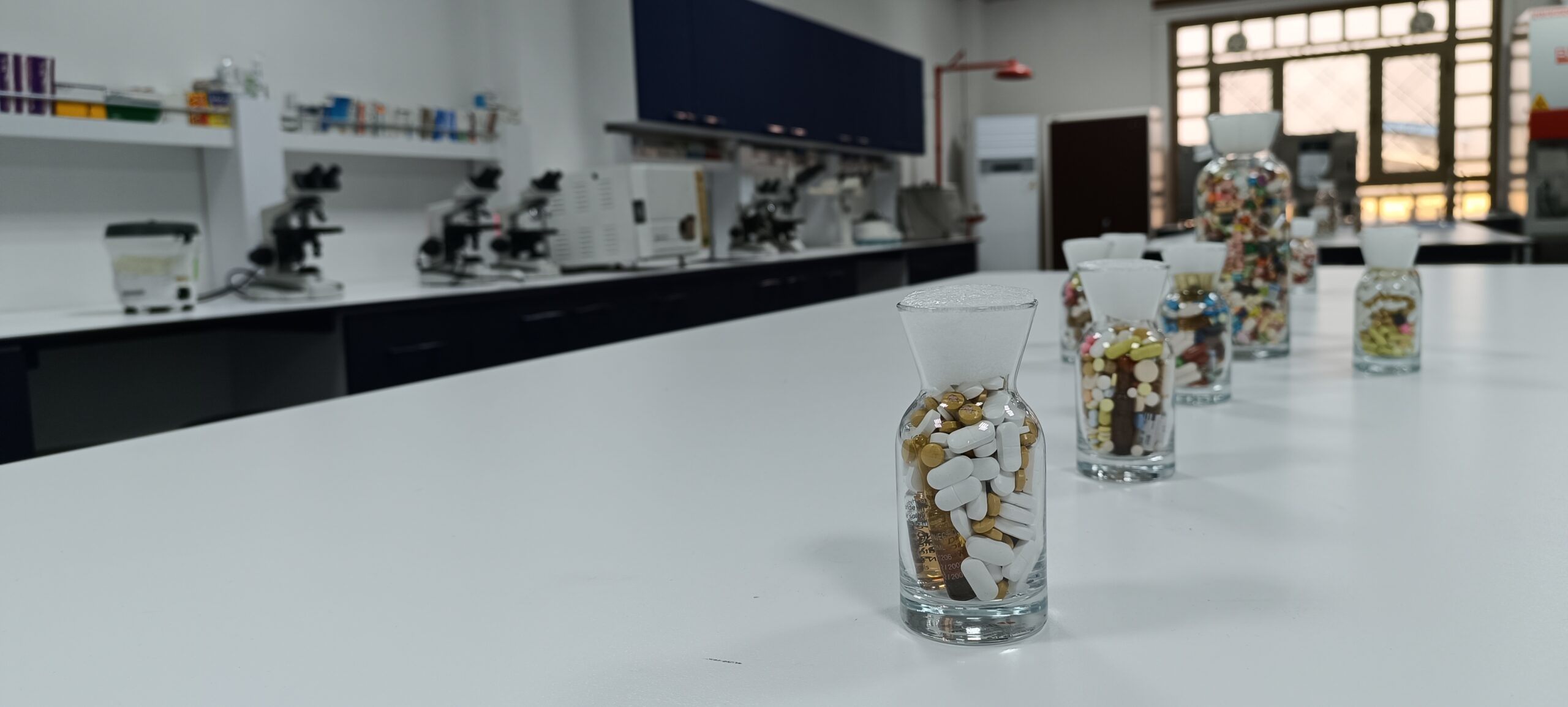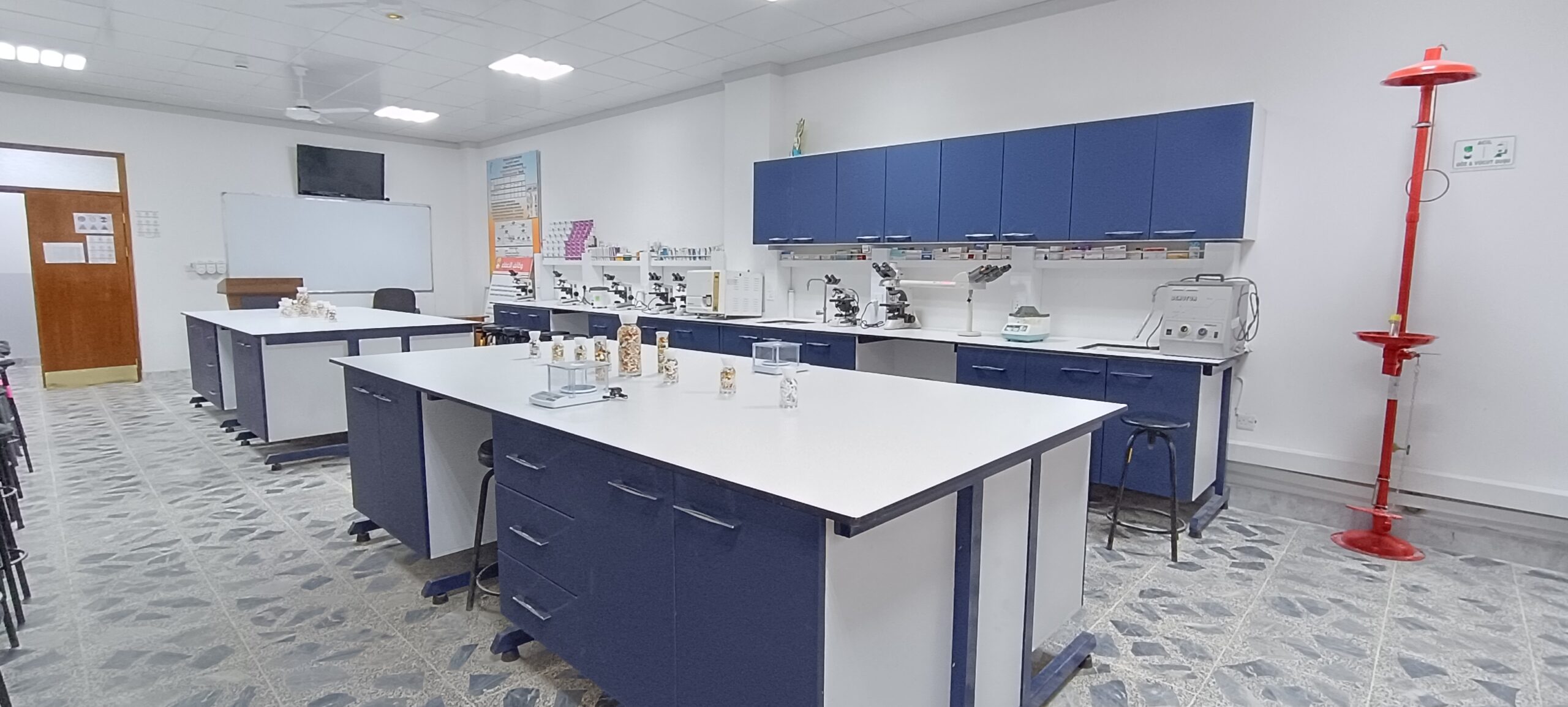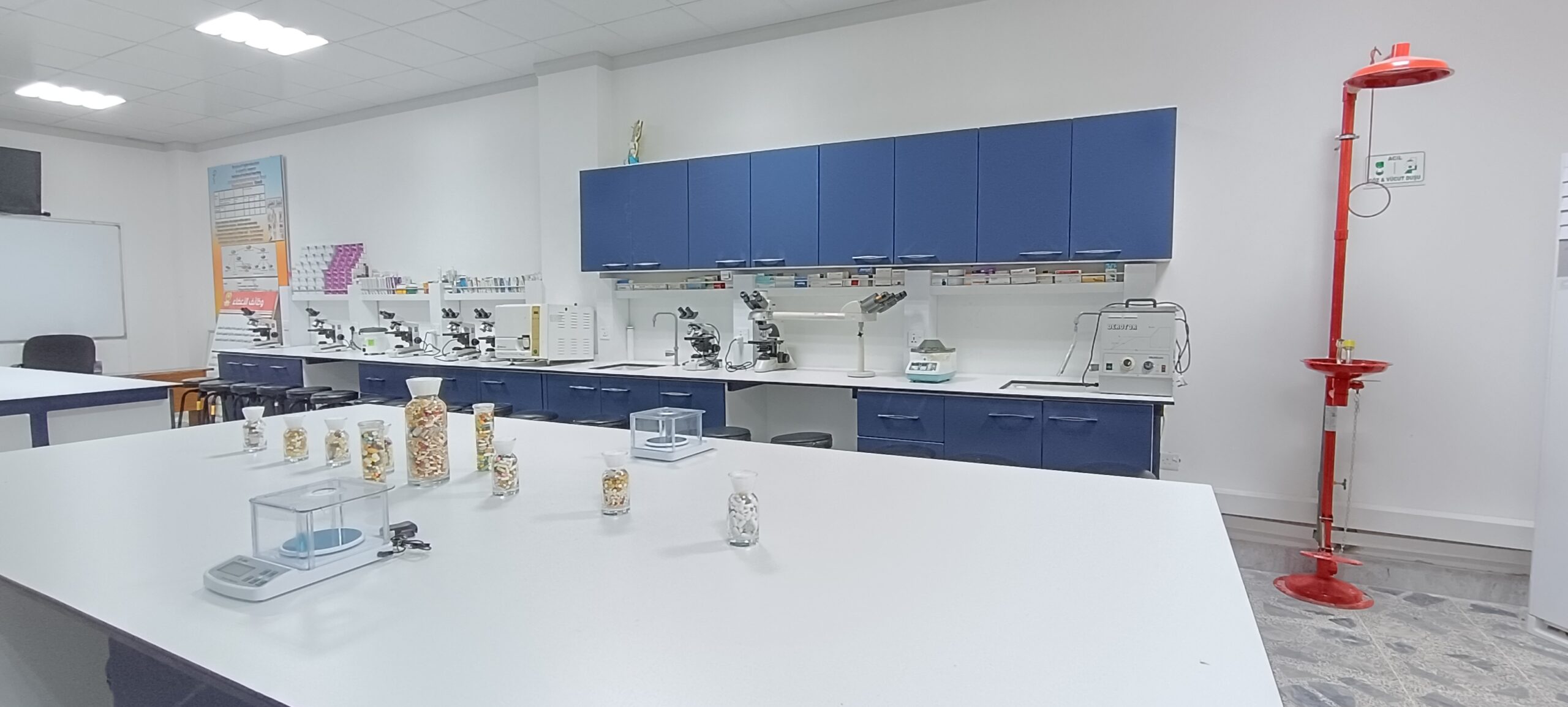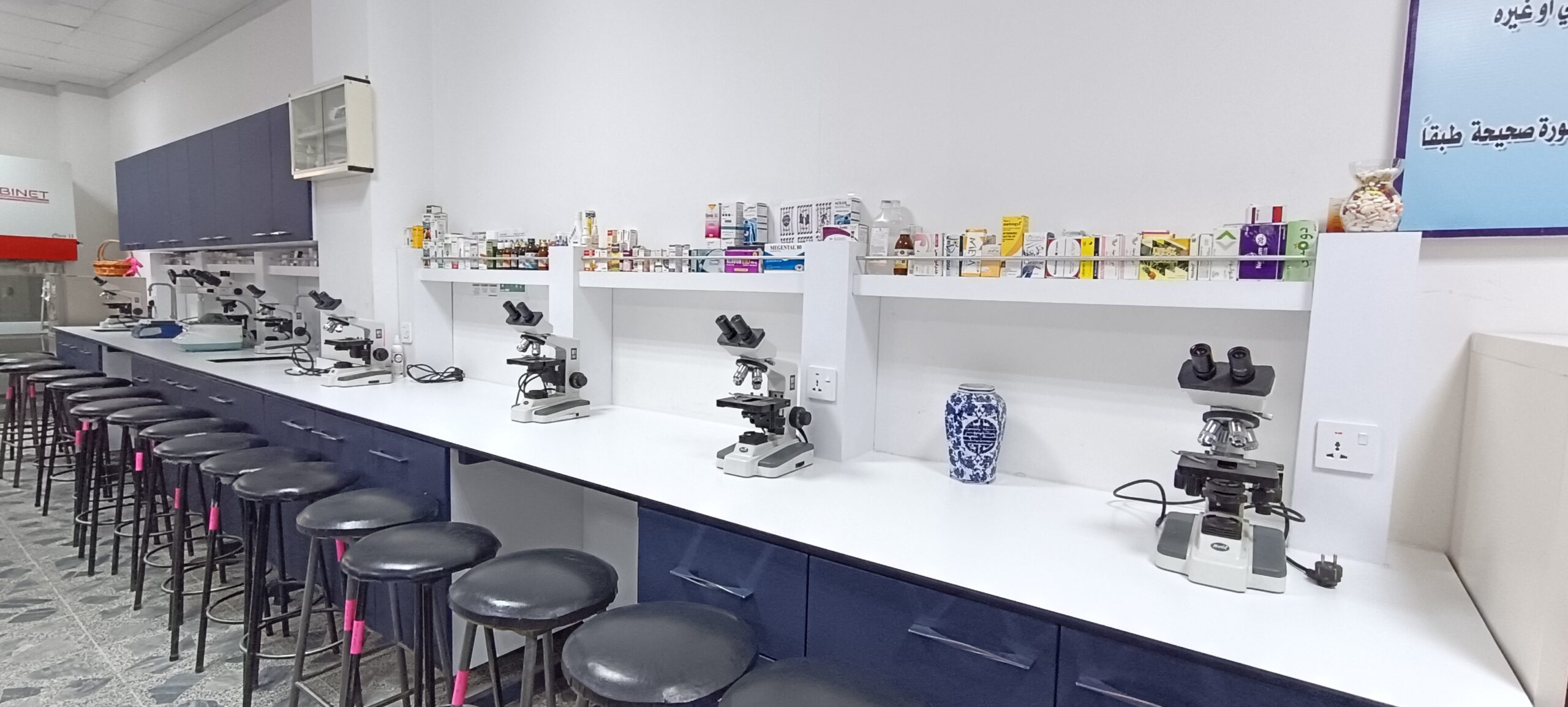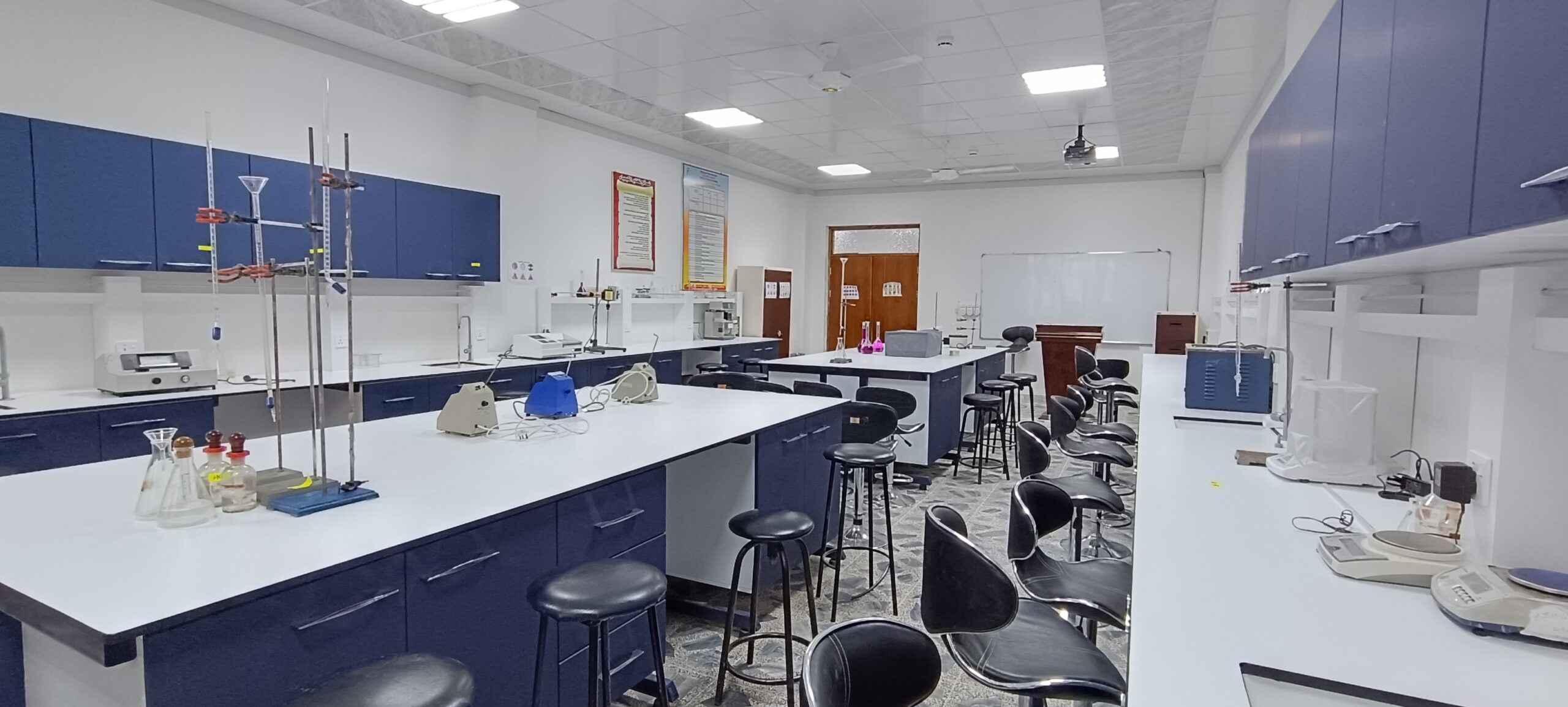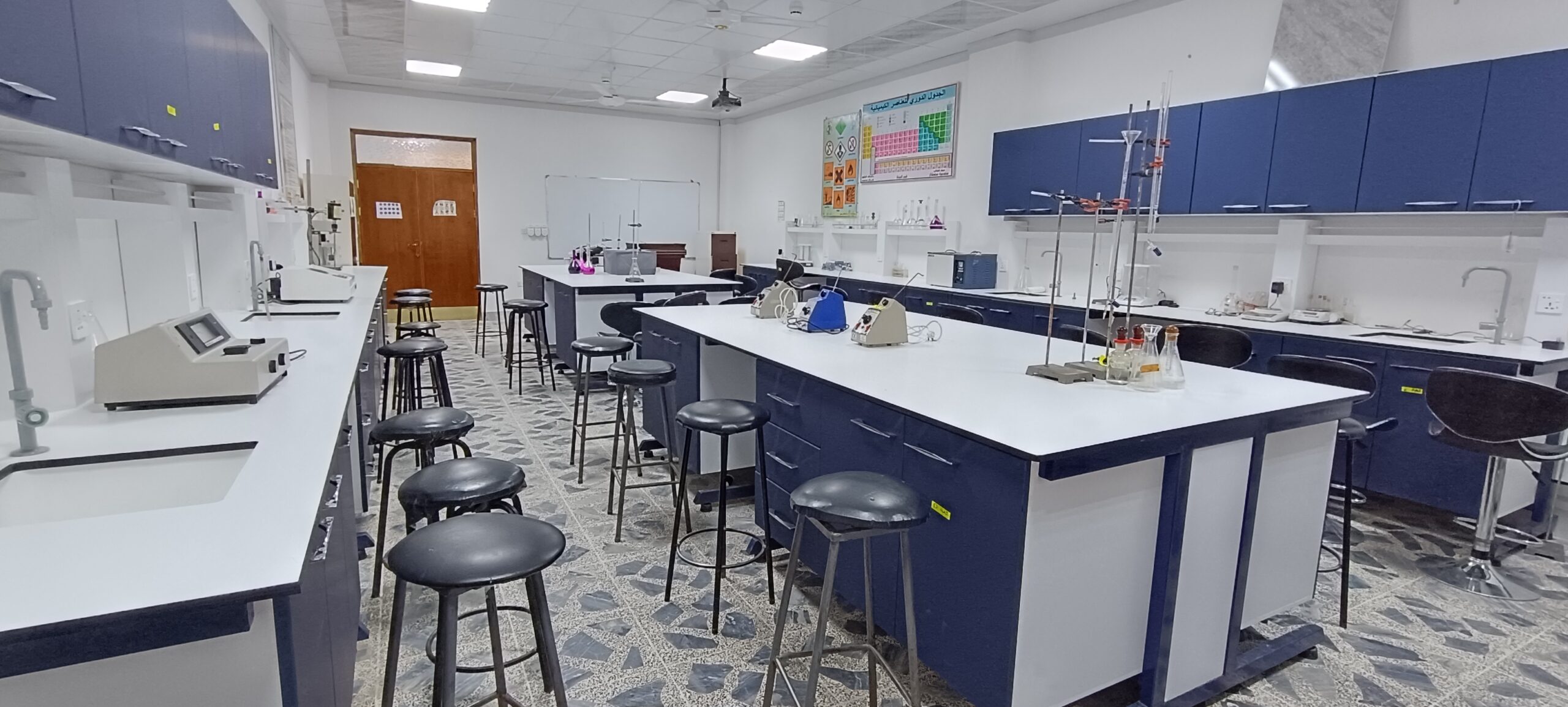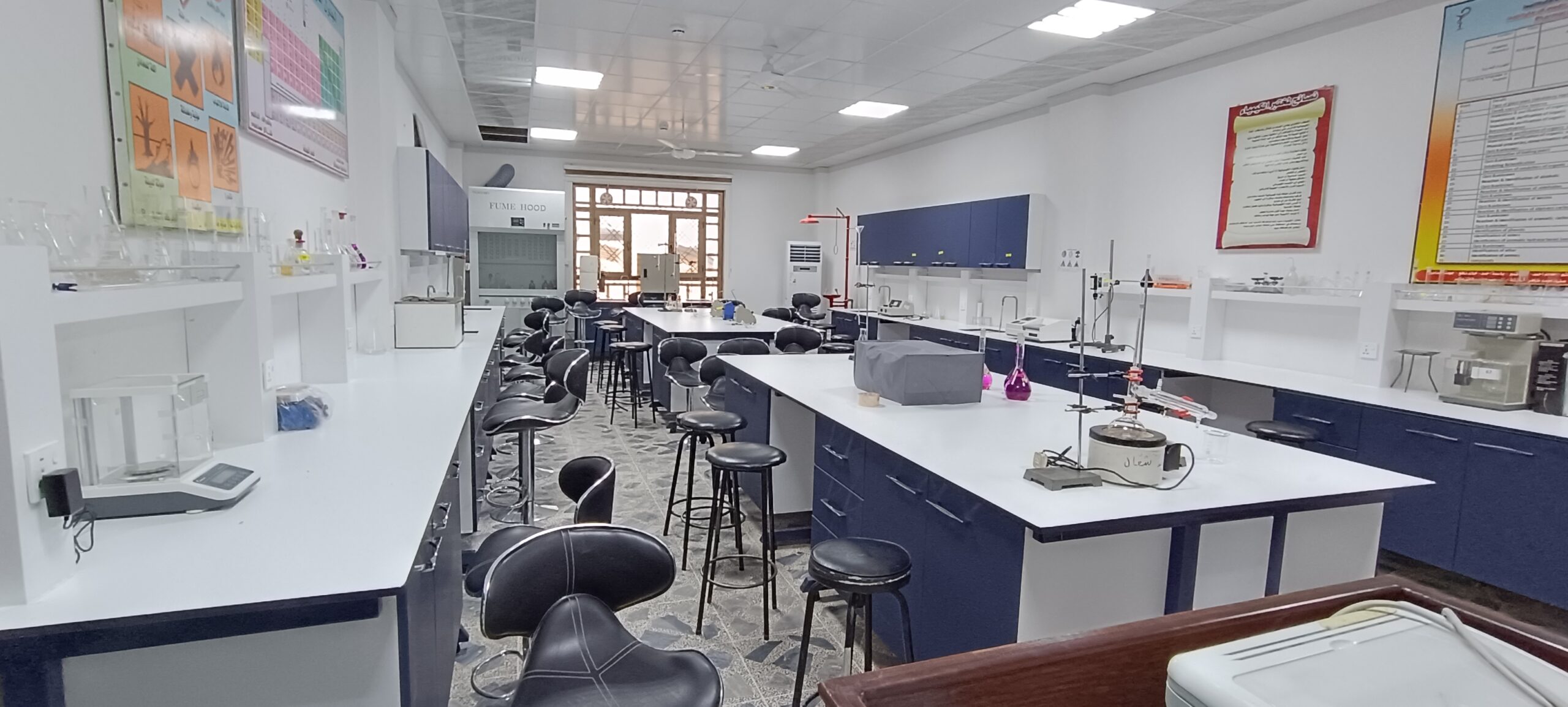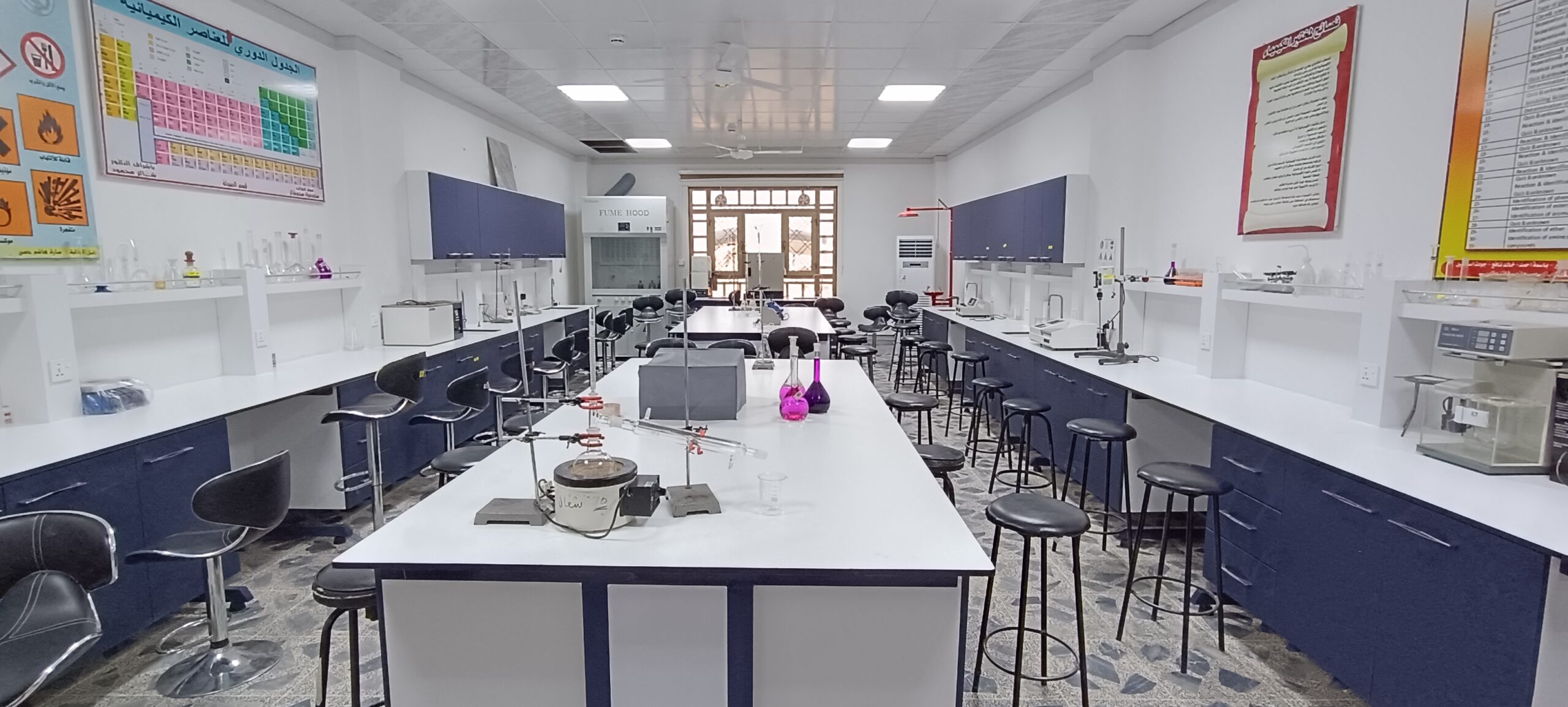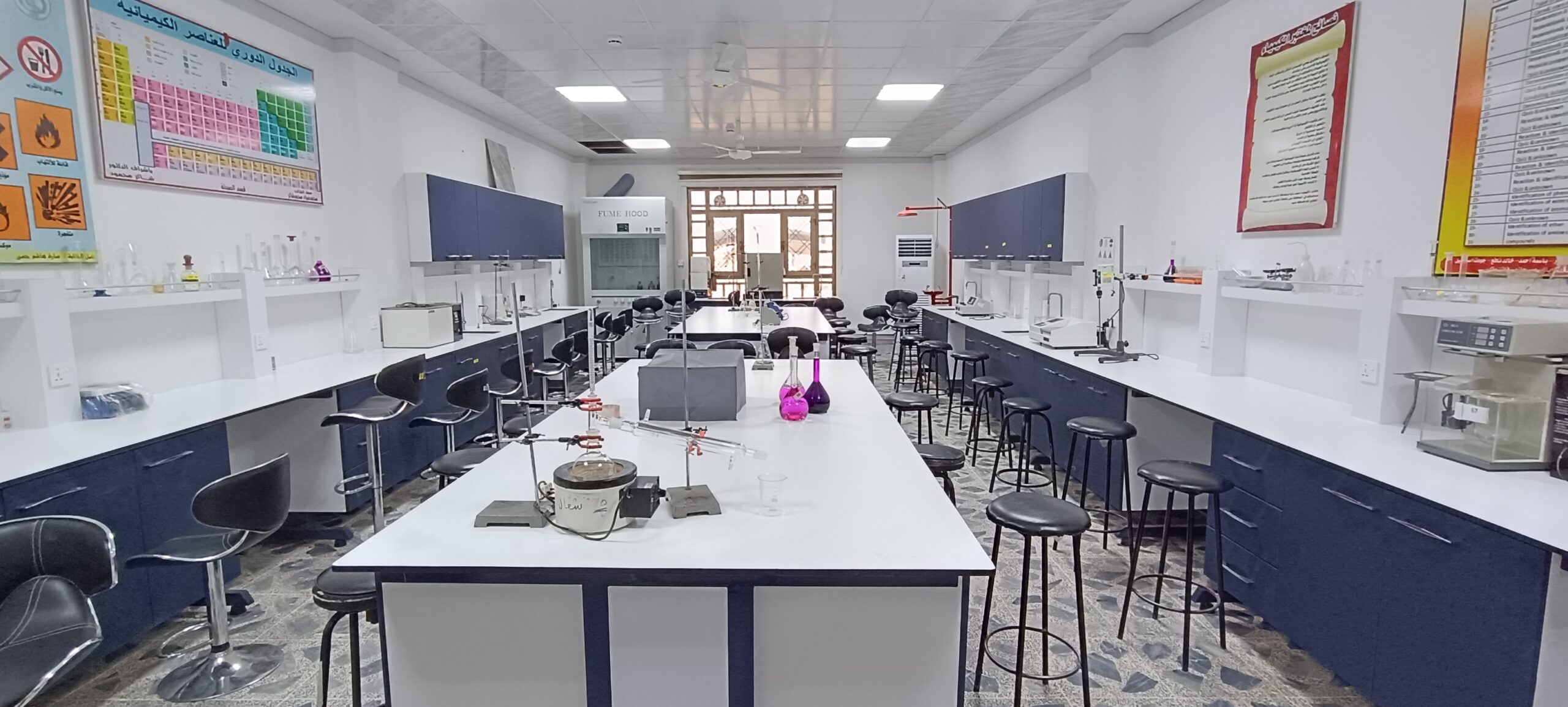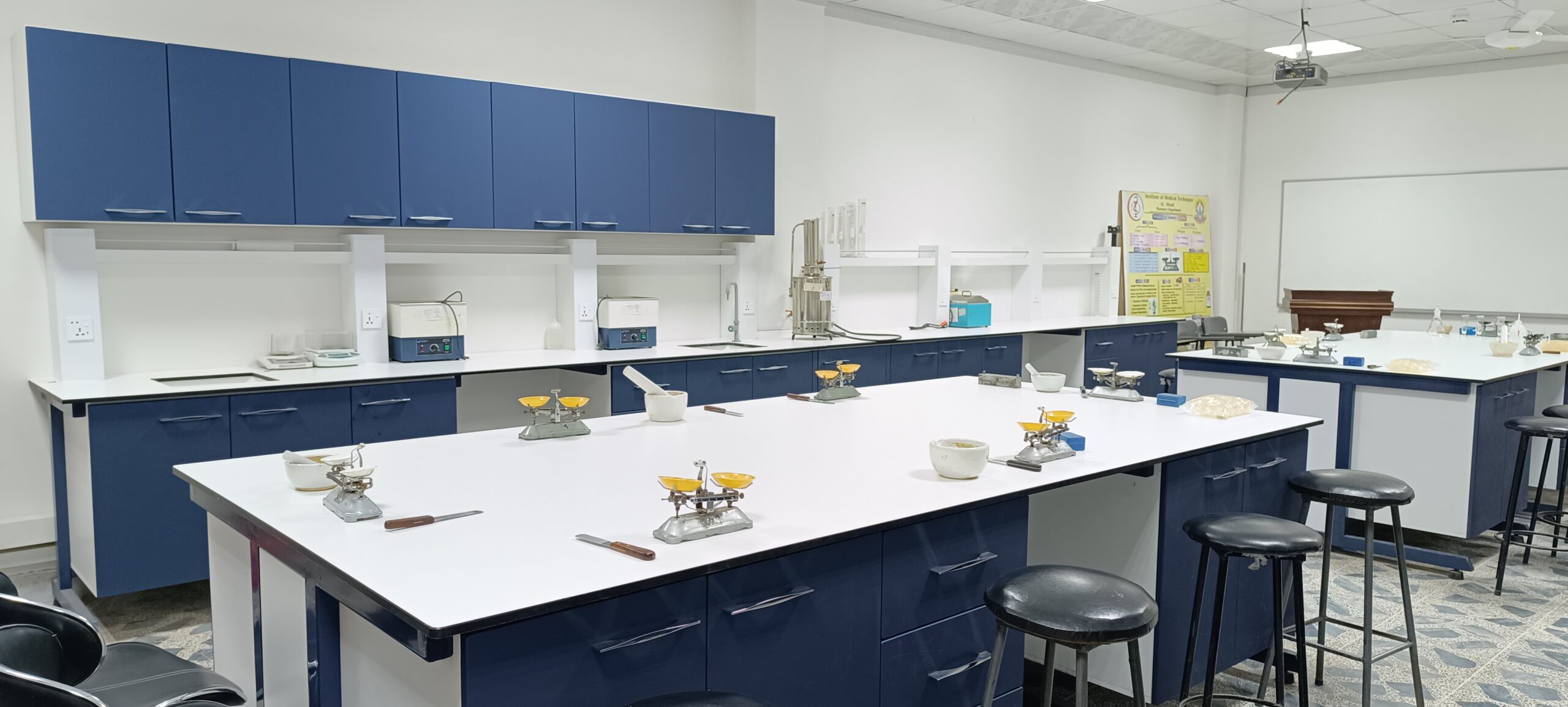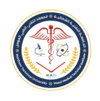Department of Anesthesia Techniques
Vision
The Anesthesia Technology Department is a leading center in technical education and vocational training, distinguished in preparing specialized cadres capable of providing high-quality anesthesia services.
Message
The Department of Anesthesia Techniques seeks to prepare distinguished competencies that possess the scientific and technical skills and knowledge necessary to work in the field of anesthesia, by providing advanced educational programs, and practical training on the latest devices and technologies. The department is also committed to promoting scientific research, serving the community, and contributing to the development of the healthcare sector to achieve the highest standards of quality and efficiency.
Objectives
Preparing qualified cadres
Preparing qualified cadres to graduate specialists who possess the scientific and practical skills necessary to provide high-quality anesthesia services in health institutions.
Enhancing technical competence
Providing students with modern knowledge and advanced techniques in the field of anesthesia to ensure optimal performance in different work environments.
Encouraging scientific research
Supporting and encouraging applied scientific research in the field of anesthesia and related health fields to contribute to the development of the health sector.
Community service
Contribute to improving the health of the community by providing consultations and specialized medical services and participating in health and awareness campaigns.
Continuing education and professional development
Providing continuous educational and training programs to raise the level of professional competence of workers in the field of anesthesia.
Enhancing cooperation
Building partnerships with health and educational institutions locally and internationally to exchange experiences and develop curricula by international standards.
Achieving sustainability
Integrating the concepts of sustainability in the educational process, scientific research, and community service, in a way that supports sustainable development.
Commitment to quality:
Applying total quality standards in education and training to ensure the achievement of distinguished educational outcomes.
classrooms and laboratories of the Anesthesia Techniques Department
